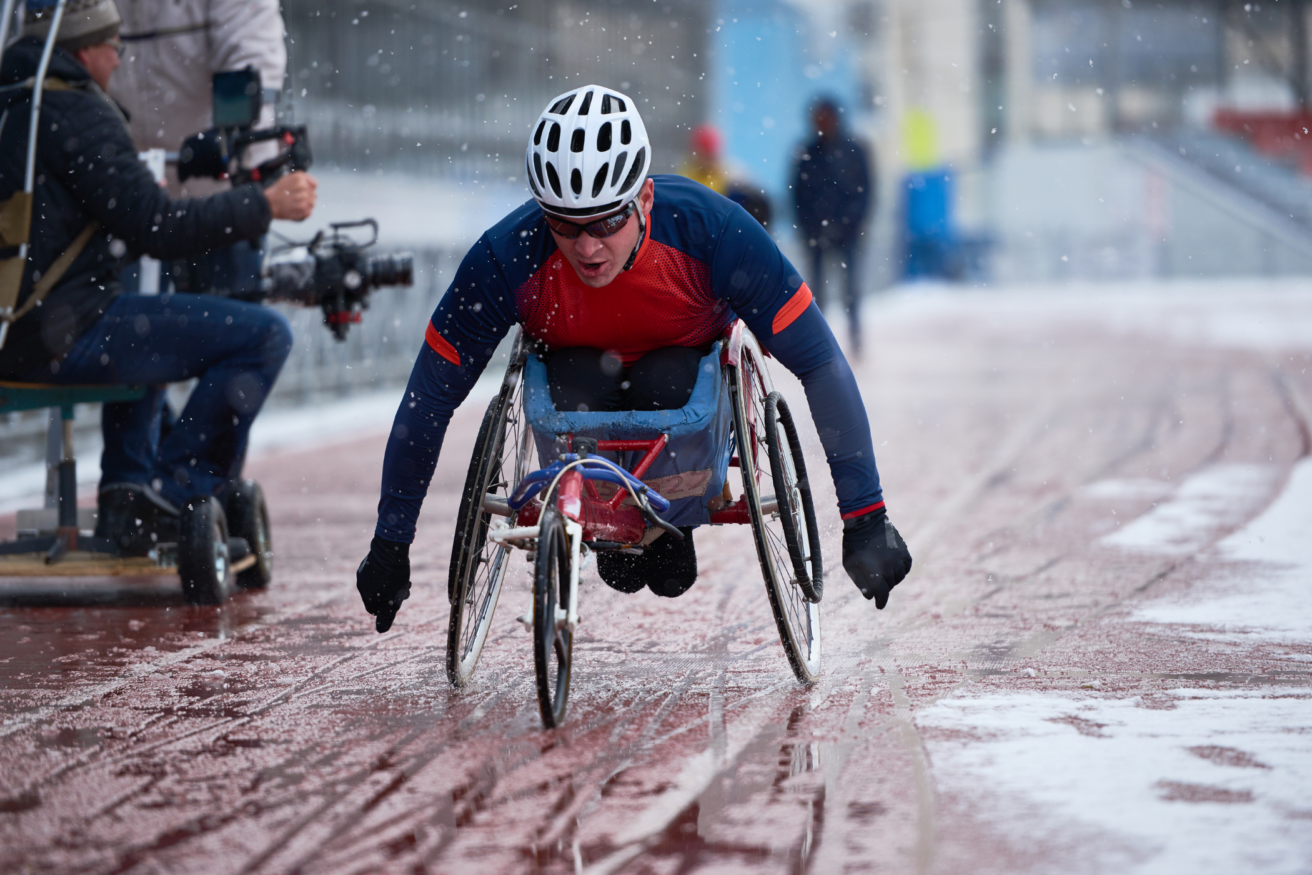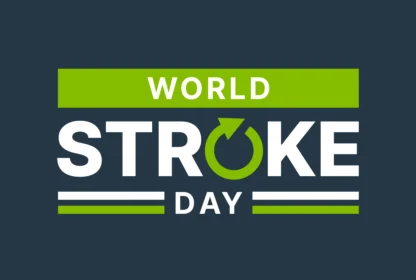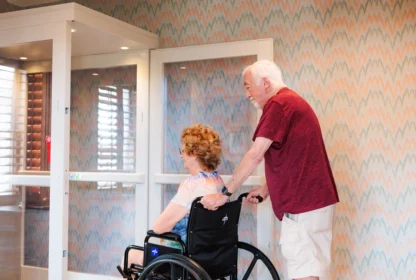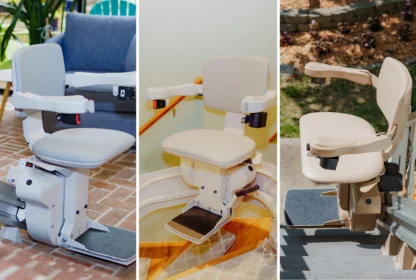
The Background of Hand Cycling
Cycling has grown in popularity as a form of recreation and daily transportation. Riding a bike is a wonderful way to enjoy being outdoors, enhance cardiovascular health, or socialize with family and friends. A great form of increasing physical activity, cycling also spares weight-bearing joints by being low-impact. With technological engineering advances, members of the disabled community may now also participate in the sport.
The basic concept of adaptive cycling involves modifying cycles to accommodate the needs of individual riders. There is no limit to the adaptable processes that create machines designed for use regardless of disability type. In the last decade, specially designed equipment provides the opportunity for anyone to enjoy cycling whether an amputee, hemiplegic, paraplegic, or quadriplegic.
The Handcycle
The handcycle is one of the most innovative developments. Initially introduced around 25 years ago, the device makes it possible for individuals with lower-limb impairment to power three-wheeled cycles using the strength of their arms and upper bodies. In approximately the last five years, and cycling has grown exponentially to become the most widely recognized and utilized type of adaptive cycling. Handcycling was included in the 2004 Paralympic Games hosted by Athens, Greece.
The most common styles are upright or recumbent. The upright models are considered entry-level designs that are perfect for learning but cannot attain speeds that exceed 15 mph. The recumbent versions come equipped with three to 27-gear drivetrains. These models also have fork-steer or lean-to-steer options. Depending on the cycle design, the portable machines are easily transported from one location to another inside or outside of a wheelchair van. Chris Peterson, a name well-known in the wheelchair sports equipment industry, has also become a leader in handcycle design and development.
Getting into Handcycling
Though numerous disabled individuals around the country are engaging in the sport, acquiring a cycle is not without obstacles. Typical bike shops do not readily carry handcycles, which makes connecting with handcycling communities that much more vital. The price range of the machines may also prove cost-prohibitive for many. The modified bikes run anywhere from $1,500 to $4,000. Individuals might also be lucky enough to find previously owned cycles at a considerably reduced price.
Experienced and cycling enthusiasts also recommend that newcomers physically try different models before making the investment. There are a few organizations that assist new riders with the purchase of handcycles using grant-based programs. The Challenged Athletes Foundation, for example, distributes more than one million dollars annually in grant monies to disabled athletes. Qualifications do not stipulate that beneficiaries are seasoned athletes. Potential cyclists might also investigate possible resources within their community or state. Disability resource centers or rehabilitation hospitals are two places that may prove worthy of a look.
Handcycling Communities
The sport continues attracting numerous enthusiasts across the country who have established various communities that welcome newcomers.
*Adaptive Adventures-offers new rider clinics regardless of age Challenge Alaska-community of riders who enjoy competing for DS/USA-provides information concerning communities and competitions Handcycling’s Yahoo Group-The community boasts hundreds of members offering online discussions and e-mail addresses. Members share information with others desiring to learn about the sport. U.S. Handcycling Federation-Colorado based organization that develops cycling events throughout the country U.S. Handcycling-The National group and governing body of cyclists in the country.
.
Written by Paisley Hansen
Paisley Hansen is a freelance writer and expert in health, wellness, and accessibility and often writes for Mobility Resource. When she isn’t writing she can usually be found reading a good book or hitting the gym.


